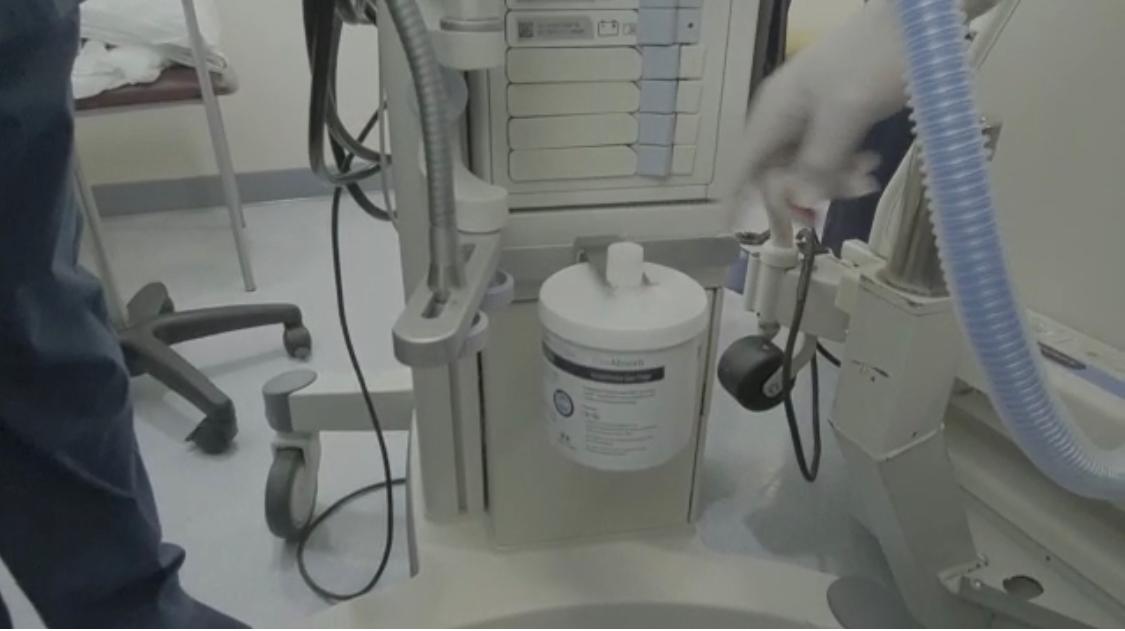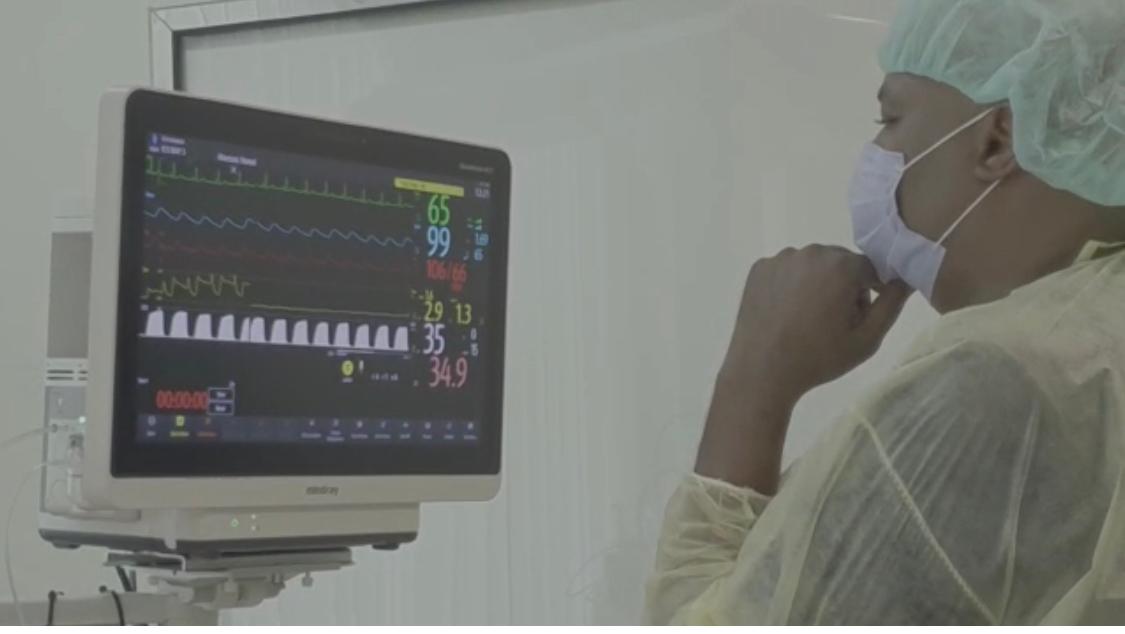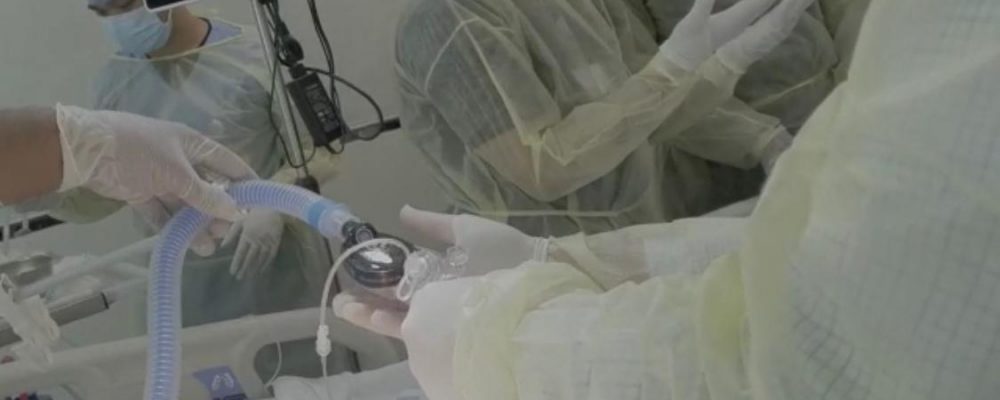The University Hospital of Sharjah (UHS)announced the introduction of new sedation technique for the patients in intensive care unit (ICU), reflecting the hospital’s commitment to the integration of modern techniques, technologies and equipment in the delivery of healthcare. Furthermore, this makes UHS the first hospital in the UAE and one of the first in the wider Middle East region to use volatile anesthetic gases to induce sedation in ICU patients with remarkable success.
The hospital’s transition to the use of volatile anesthetic gases was seamless as the ICU team at UHS possesses hands-on experience in using this sedation modality. Apart from that, the team’s easy accessibility to modern technology-enabled tools also contributes to the successful use of this technique in line with highest international standards. Sedation with volatile anesthetic gases, particularly Sevoflurane and Isoflurane, is a popular modality among anesthesia personnel globally these days.
Doctor Mamoun Elzubair, Consultant Anesthesia and Intensive Care Medicine, said: “The most notable advantage of using volatile anesthesia gases to induce sedation in patients is the relatively short and predictable awakening time, even after deep or prolonged sedation. The process involves the administration and elimination of an active substance via the patient’s respiratory tract. The elimination of Isoflurane does not affect liver and kidney function, while Sevoflurane is poorly metabolized in the liver. Therefore, one of these gases is infused via syringe pump to a modified humidifier and heat exchanger called‘Anaconda,’before the gas is evaporated and then inhaled by the patient.”
“An activated carbon filter in ‘Anaconda’ binds anesthetic gas and helpsmore than 90 per cent of exhaled anesthetic gas to be inhaled again in the next breath.For gas sedation, exhaled gas should be monitored with advanced Gas Modules to ensure adequate usage and to enhance safety of patients.”
Dr. Ali Obaid Al Ali, UHS Chief Executive Officer and Member of the Board of Trustees, said: “At UHS, we are committed to equipping various departments with the most advanced and secure protocols and technologies, which in turn contributes the overall excellence of the UAE’s healthcare sector.TheICU unit is a top priority for us, especially in the wake of the pandemic, as it serves as the lifesaving unit for some post-operative and geriatric cases.”
The use of volatile anesthetic gases has become a well-established modality of sedation in many regions of the world including Northern Europe, especially in Germany and Scandinavian countries. Owing to its ability to ensure remarkable results, it has proven to be the first choice in the treatment of numerous conditions in patients.





